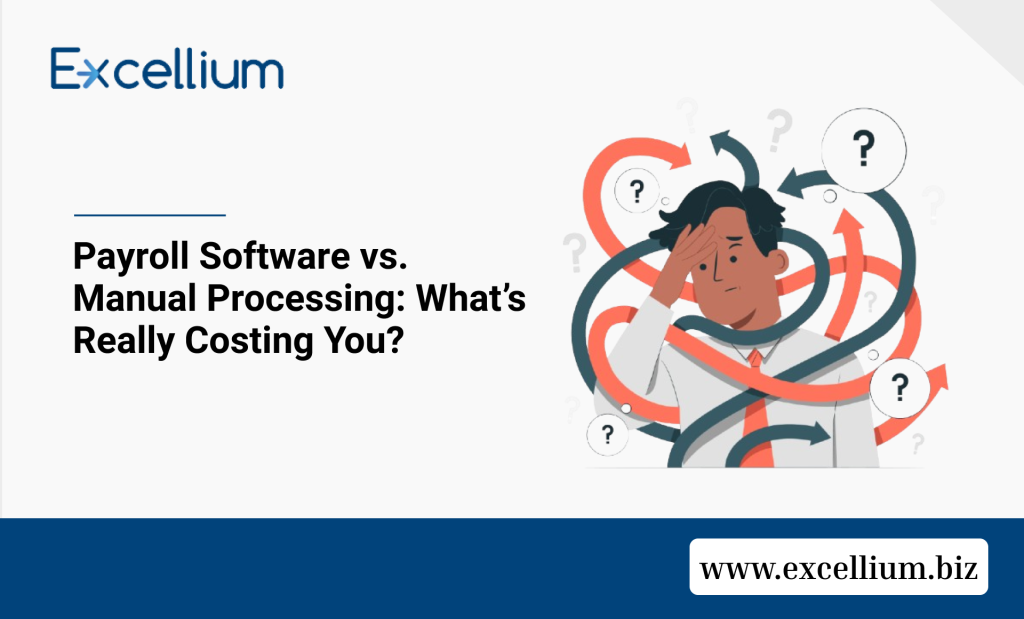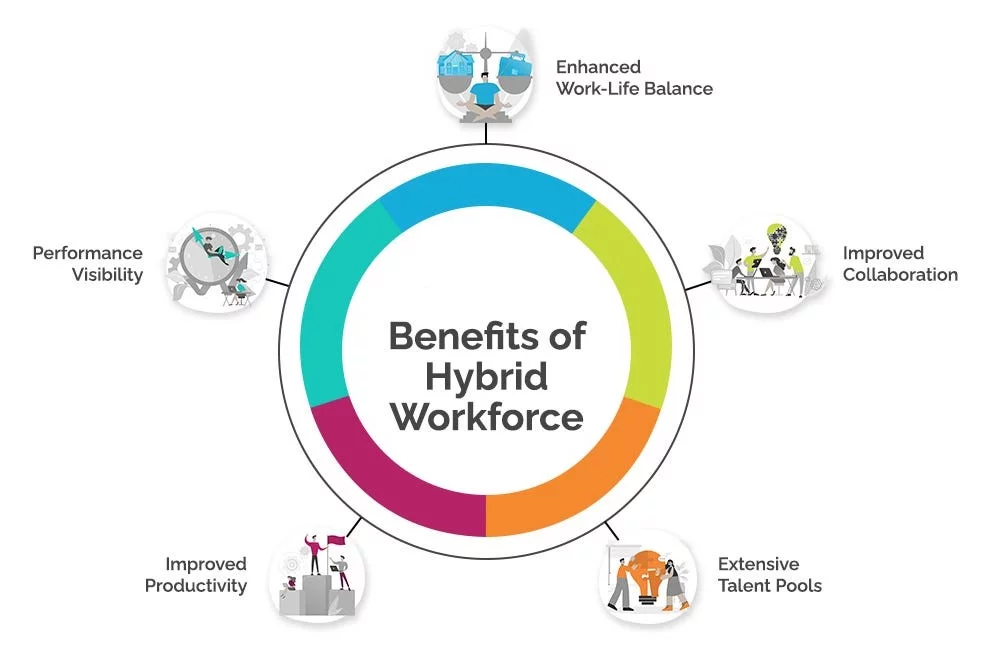Payroll Software vs. Manual Processing: What’s Really Costing You?
Let’s be honest: spreadsheets were never designed for payroll. Yet, in Nigeria and across the globe, many businesses still rely on them. You might be one of them – juggling salary sheets, meticulously calculating taxes, and rushing last-minute payslips across cluttered files and scattered messages. On the surface, it might seem like a “cost-saving” move, especially for lean operations. But here’s the truth: what you’re saving in immediate expenditure, you’re losing exponentially in time, employee trust, and critical operational stability. At Excellium, we’ve seen this cycle repeat. We’ve helped countless Nigerian businesses move from the daily grind of reactive payroll chaos to structured, error-free systems that can truly scale with their growth. This isn’t just about adopting new technology; it’s about transforming a foundational business process. Let’s dive into why your current manual payroll process may be costing you far more than you realize – and crucially, what you can do about it. The Hidden Reality: What Manual Payroll Really Looks Like If any of these scenarios sound familiar, your payroll process isn’t just clunky – it’s a significant business risk: “Please resend my payslip” – for the third time this month. This isn’t just an inconvenience; it’s a drain on your HR and payroll team’s time, diverting them from more strategic tasks. “Why is my tax deduction different again?” Employee queries about deductions, especially regarding PAYE, NHF, and NSITF, highlight a lack of transparency and often point to inconsistencies in calculations. Payroll team working late nights before payday. The rush to meet deadlines indicates inefficient processes, leading to burnout and an increased likelihood of errors. A resigned employee gets paid – again. This is a direct financial loss, often stemming from disconnected HR and payroll systems and a lack of proper offboarding controls. Compliance officer raises flags during audit prep. Manual errors, missing documentation, and inconsistent record-keeping are red flags that can lead to penalties and reputational damage during audits. These aren’t just annoying one-offs or minor inconveniences. They’re clear signals of a system under severe strain, threatening the very financial and legal integrity of your business. The Real Costs You’re Absorbing: Beyond Just Naira and Kobo Manual payroll isn’t “free.” You simply don’t pay for it with a line item on your budget. Instead, you pay in lost time, mounting frustration, and persistent operational drag. Let’s break down the tangible and intangible costs: Hidden Cost Category What It’s Really Costing Your Business Lost Productivity & Admin Burnout Spending 20-25 hours/month on payroll for manual entries, reconciliations, and correcting errors means valuable staff are tied up in administrative tasks instead of focusing on strategic initiatives that drive growth. This also leads to burnout within your admin and finance teams. Risk of Non-Compliance & Penalties Tax miscalculations (PAYE, NHF, NSITF, etc.) and incorrect remittances can lead to hefty fines from Nigerian regulatory bodies, jeopardizing your company’s standing. Staying updated with ever-changing tax laws manually is a monumental, error-prone task. Direct Financial Loss Overpaying exited staff due to delayed or missed termination processes is a clear financial leak that directly impacts your bottom line. These small leaks can add up significantly over time. Stressful Reviews & Reputational Risk A lack of clear audit trails and inconsistent record-keeping make internal and external audits a nightmare. This not only creates immense stress but can also damage your reputation with regulators, investors, and even your own employees. Low Employee Trust & Retention Issues Late or inconsistent payslips and frequent errors erode employee trust. When staff can’t rely on accurate and timely pay, it impacts morale, leading to dissatisfaction and, ultimately, higher employee turnover. All these critical issues emerge because payroll, a complex and highly sensitive function, is being run on tools that were simply not built for it. The Solution: What Good Payroll Software Actually Fixes This isn’t merely about “going digital” for the sake of it. It’s about strategically putting structure and automation where there’s currently friction and risk. Here’s how dedicated payroll software tackles your most pressing pain points: Pain Point How Payroll Software Solves It Delayed or Manual Payslips Auto-generates & sends on schedule, directly to employees, often via secure portals or email, reducing administrative burden and improving timeliness. Frequent Tax Errors Syncs with current statutory rates for PAYE, NHF, NSITF, and other deductions, minimizing human error and ensuring compliance with the latest Nigerian tax laws. Offboarding Errors & Overpayments Links payroll to HR exit workflows, ensuring that once an employee’s termination is processed in HR, their payroll is automatically halted or adjusted, preventing costly overpayments. No Audit History & Poor Record-Keeping Tracks every change with timestamps, creating a comprehensive, immutable audit trail that simplifies compliance checks, internal reviews, and external audits. Long Payroll Processing Time Runs payroll in under 3 hours (for most organizations), freeing up your team to focus on analytical tasks rather than manual data entry and reconciliation. Repeated Staff Requests for Info Provides self-service access to records for employees, allowing them to view payslips, leave balances, and tax statements themselves, significantly reducing queries to HR/Payroll. When implemented and utilized correctly, payroll software is not just an expense – it’s a powerful lever for efficiency, compliance, and ultimate peace of mind. Choosing the Right Tools with Excellium At Excellium, we understand that one size doesn’t fit all. We don’t just install systems; we partner with you to help you pick the right one based on your current operational stage, employee count, and long-term business goals. Our expertise ensures you get a solution that truly fits your needs. We specialize in leading payroll solutions tailored for the Nigerian market: Sage Pastel Payroll & HR → This is an ideal solution for growing & SMEs that need a consolidated dashboard for managing leave, processing payroll, and generating essential HR and financial reports. It’s user-friendly and robust enough to handle increasing complexity. Enquest HCM → Designed to cater to a wide range of businesses in Nigeria, from growing small-to-medium enterprises (SMEs) to large organizations with complex structures. Sage 300 People
Payroll Software vs. Manual Processing: What’s Really Costing You? Read More »


